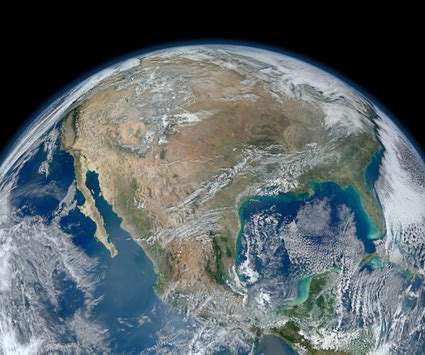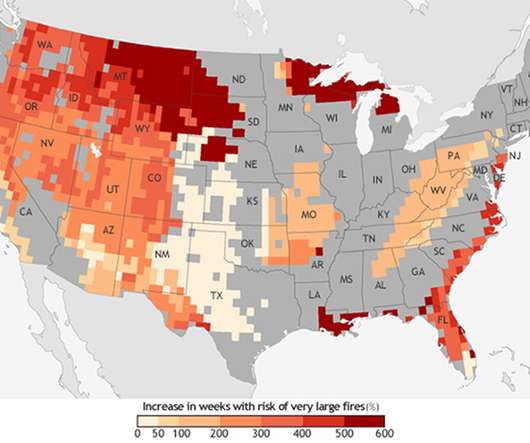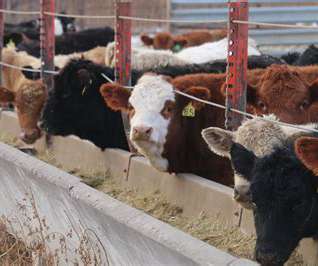A Dangerous Disruption
Legal Planet
JANUARY 2, 2023
Last week, MIT’s “Technology Review” reported that a small startup firm is proposing to spray reflective aerosols in the stratosphere commercially as a climate corrective. They say they have thus far launched two small weather balloons, which each released a few grams of sulfur dioxide gas (SO 2 ) in the stratosphere.

















Let's personalize your content